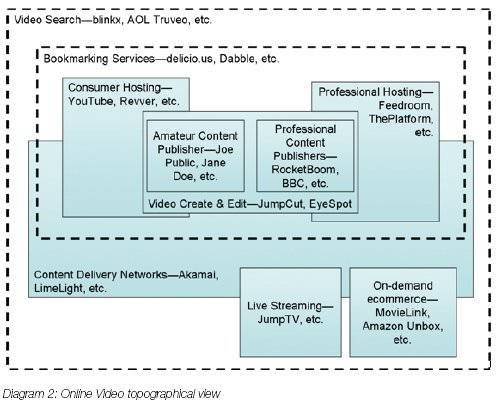In Read/WriteWeb’s
interview with Matt Cutts of Google today, on the topic of next-generation search,
the very last question I asked him was how Google is going about indexing video. It’s a
big question, because with YouTube and other online video sites seemingly taking over the
Web (as far as consumer content goes), video search is a key issue going forward. blinkx, which in its press release claims to be “the
largest video search engine on the Web”, today released a set of Video SEO (search engine
optimization) guidelines and a community wiki. blinkx’s goal is to
provide a forum for discussions around best practices, via the wiki, as well as
recommendations on how advertisers and content owners can maximize their results for
video content.

blinkx’s whitepaper covers the following
topics:
- Cleaning and conversion of metadata
- Optimizing titles, description and filenames
- Leveraging sitemaps
- Utilizing Media RSS
- Content Management
- Where to submit
- What to Avoid
There is certainly a lot of useful info here on how blinkx and other search engines
rank video content. I especially liked this high level view of the video search
industry:

A little more about blinkx: according to the press release today, blinkx has indexed
more than 7,000,000 hours of audio, video, viral and TV content, and made it “fully
searchable and available on demand.” Does that make them the biggest video search engine
in the world though? I don’t actually know – anyone care to comment?

















